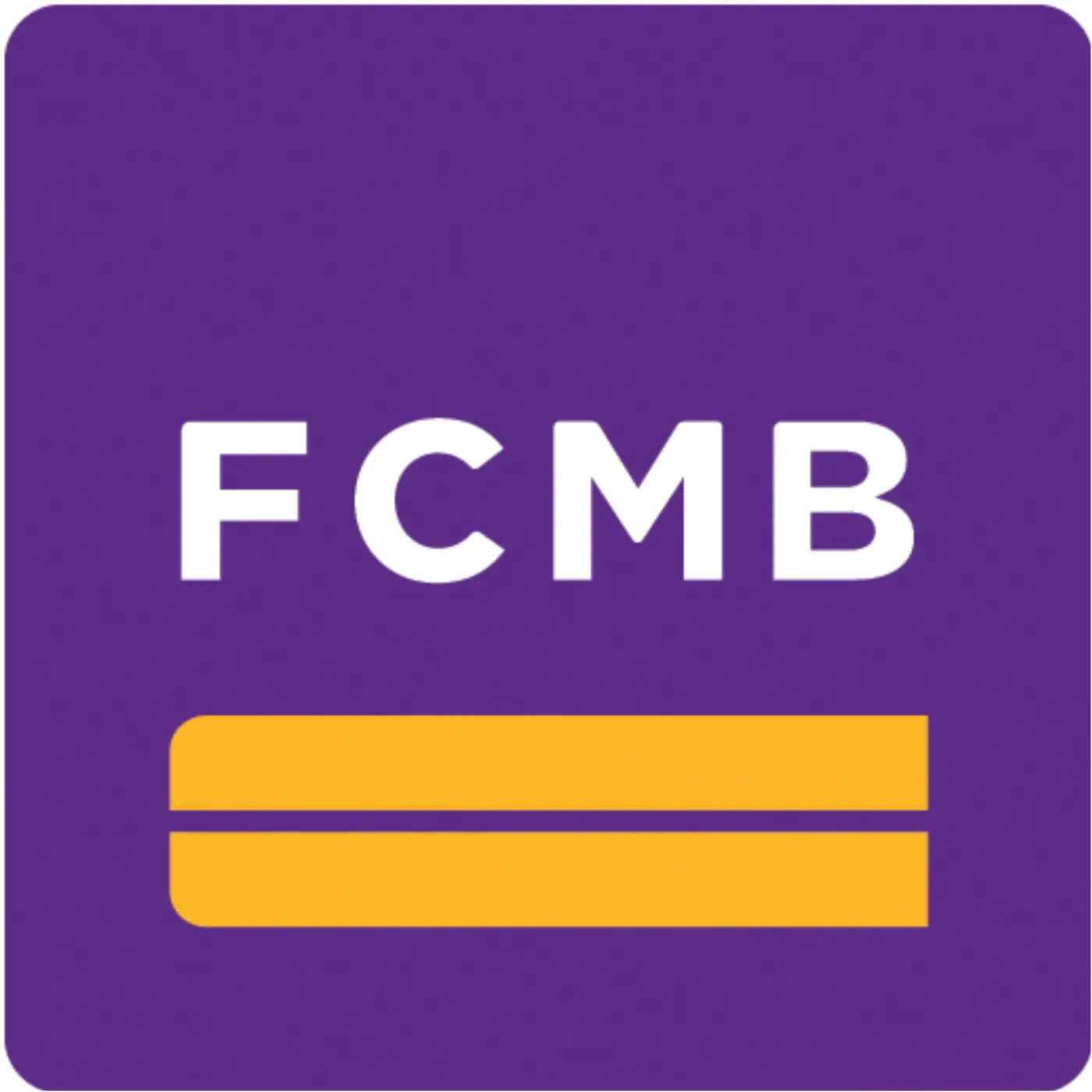Nigerian Bond Yields Rise Amid Investor Caution, Strong Liquidity

Yields on Nigerian government bonds ticked higher as the new trading week opened, with some investors shifting away from fixed-income assets due to diminishing returns.
Analysts have warned that if the trend continues, there may be a broader pullback, especially from foreign portfolio investors who had previously converted U.S. dollars into naira to buy local securities.
The move began after last week’s auction by the Debt Management Office (DMO), which offered ₦80 billion in bonds but ended up allotting over ₦185 billion, thanks to strong demand. Despite this, secondary market sentiment turned sour, and yields rose due to factors such as slowing inflation, reduced bond issuance, and abundant system liquidity.
Market reports noted that average bond yields closed at 16.46% on Monday, up by 7 basis points. Sell-offs were concentrated in the short (+13 bps) and mid-tenor (+5 bps) maturities, particularly the APR-2029 and APR-2032 papers, which saw yield expansions of 34 and 42 basis points, respectively.
Significant repricing was observed in the FGN 2029, 2032, and 2034 instruments, with yields reaching 16.87%, 16.90%, and 16.74%. Interestingly, the FGN 2034 bucked the trend, recording a yield decrease of 65 basis points to 15.60%.
Equity markets are now drawing greater attention from asset managers, especially as Nigerian stocks continue to outperform.
MarketForces Africa revealed that at Monday’s bond auction, the DMO reopened the 19.30% FGN APR 2029 and 17.95% FGN JUN 2032 notes. The auction drew total bids worth ₦300.67 billion—down from ₦602.86 billion in the previous session—yielding a bid-to-offer ratio of 3.76x. Eventually, ₦185.93 billion was allotted, with a bid-to-cover ratio of 1.62x.
Clearing rates came in at 15.69% and 15.90% for the 5- and 7-year tenors, respectively, both below their original coupon rates—suggesting firm demand and a likely shift in rate expectations.
Analysts believe the reduced marginal rates may be part of the DMO’s effort to manage borrowing costs amid falling interest rate trends.





